At Folkestone, on the way over here, there was a sign telling you how to get to France through the tunnel. You go left. Oh, and down a bit.
Author Archives: qsf
The heartache and thousand natural shocks that startups are heir to
The Camvine office is now, to all extents and purposes, finally closed. A quick summary is that we had a great team who worked very hard, a great product, customers who really liked what we did and placed repeat orders frequently, but we just never found a way to get enough of them through the front door each month to keep the company going. The fact that I started the company just at the beginning of a recession didn’t help, either!
An emotional time for us all, and the fact that I’ve been out of the company for six months or so now doesn’t lessen that fact. It hasn’t been appropriate for me to write about it before, because of the various deals and legalities going on, and I’m not going to do so yet either, except to say that deals have been struck which mean that the CODA system will live on, in some form, and involving some of the original people, at other companies.
Garry, the backbone of the technical team for several years, has written a blog post about the trials, tribulations, and technical challenges of his life at Camvine.
Legal Foundations
An elderly woman in Manhattan walked into the door of an Apple store. Rather literally: the door was too shiny and clean, and she broke her nose on it. Now, that’s no fun for anyone, but she’s suing Apple for a million dollars. Must have been quite a nose.
I wonder what the success rate for this sort of case is? I mean, could I make a living out of walking into doors, slipping on floors, etc? I’d be willing to sustain quite a few minor injuries at $1M a time.
The law of costs is a wonderful thing, and it helps most nations avoid a great deal of the silliness that afflicts the American legal system. This case is very reasonable compared to some. I don’t think Apple should be fined $1M, but something should probably be done – they should apologise and should be required to buy a roll of stickers to put on their doors. Giving her an iPad would be a nice gesture.
It really bugs me that so many people in the world seem to operate on this basic principle:
IF
- Something bad happens to me
AND
- You have lots more money than me
THEN
- It must be your fault
AND THEREFORE, NATURALLY
- I should have lots of your money
If exactly the same thing happened at, say, your sister’s house, would you ask her for a million dollars? Of course not. It’s attempted redistribution of wealth through forceful means, that’s what it is. Communists.
Photostream2Folder
Apple users, especially those with iPhones or iPads, will know about the Photo Stream cloud service that makes your recent photos available on all your devices. You can take a photo on your phone, open up your laptop, and find it already available in iPhoto or Aperture.
But what if you don’t use iPhoto or Aperture? (I’ve recently switched to Lightroom and found myself missing this feature). Or you want to do something automatically with every photo you take, like emailing them to Granny?
Well, then you want Laurent Crivello’s Photostream2Folder utility, which polls your stream periodically and simply puts the recent photos in a folder on your disk. Very handy.
Is the ‘Internet of Things’ the BBC Micro of the future?
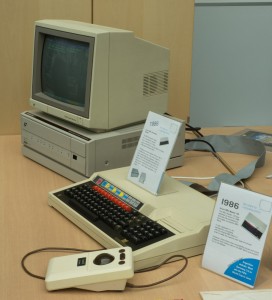 There was a great opportunity in Cambridge today for techies of a certain age to get all nostalgic about a machine which, for many of us, changed our lives, at the 30th anniversary party for the BBC Micro.
There was a great opportunity in Cambridge today for techies of a certain age to get all nostalgic about a machine which, for many of us, changed our lives, at the 30th anniversary party for the BBC Micro.
Organised by Jason Fitzpatrick’s soon-to-be-Cambridge-based Centre for Computing History, with the assistance of ARM, Redgate and several others, this brought together most of the original team, and many of the original machines and peripherals, that we remembered so well.
There was much discussion about the legacy of the project, and my friend Eben Upton gave an inspiring talk about the aims of the Raspberry Pi team, which many hope will be the BBC Micro for the next generation.
One thing that occurred to me during the presentations was that the original BBC Model B sold for £399, or approximately £1200 in today’s money. (That’s about the price of a MacBook Pro now.) The investment that my parents were making in my future was not the cost of a Raspberry Pi. It was the cost of about 40 Raspberry Pis – a whole classroom-full. Eben, significantly, pointed out in his talk that they hoped it wouldn’t really be schools or parents who would buy most of these. It would be the children themselves. And I think that’s important.
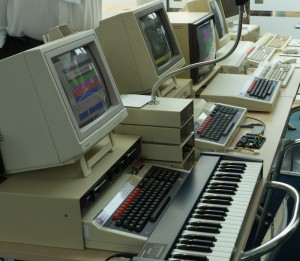 Now, progress always depends on building new layers of technology on the platforms provided by the past. When I was young, the transition in play was from a world in which we bought electronic components to one in which we bought computers. Sinclair and Acorn made that transition accessible to kids. But computers are now a commodity, and you can argue that what’s really important for kids to learn is the different ways of connecting them together in the real world. So my hope is that initiatives like Raspberry Pi will allow kids not just to own a computer, but to own a network. To learn about how networks work, to invent new ways of making use of them. Yesterday’s solder track is today’s ethernet cable. Yesterday’s 6502 assembly language is today’s IPv6 routing table.
Now, progress always depends on building new layers of technology on the platforms provided by the past. When I was young, the transition in play was from a world in which we bought electronic components to one in which we bought computers. Sinclair and Acorn made that transition accessible to kids. But computers are now a commodity, and you can argue that what’s really important for kids to learn is the different ways of connecting them together in the real world. So my hope is that initiatives like Raspberry Pi will allow kids not just to own a computer, but to own a network. To learn about how networks work, to invent new ways of making use of them. Yesterday’s solder track is today’s ethernet cable. Yesterday’s 6502 assembly language is today’s IPv6 routing table.
And if we believe that there’s any mileage in the internet-of-things/automated-home ideas, then perhaps the equivalent investment that today’s parents might make could be, say, a ‘connected room’ kit, which allowed kids to give a URL to each lightbulb, each plug socket, each radiator valve, each loudspeaker, and the door. And then see how they link those together, and to their Facebook account, and to the Xbox, and so forth. Turn the music on when you turn on the light. Turn the heat down when you go to bed. Turn the lights down when you turn on the TV. It’s a Lego kit that lets you play with the living spaces of the future, and perhaps monitor your carbon footprint at the same time.
Maybe… I don’t know. There may be better ideas. This sounds fun to me, though! It could teach you a lot about networking.
And it could still cost much less than the original BBC Micro did.
Serendipity
Cambridge college dinners vary greatly, but one of the joys is their occasional unpredictability.
Tonight, for example, I sat next to the Costa Rican ambassador. She was delightful company, and we discussed our favourite scuba-diving spots…
Spinning Beachball
A TED speaker’s worst nightmare. Mac users will enjoy this…
Here it is on the TED site (also works for non-Flash users).
Immersive TV and the IOT
One of the things those clever chaps at the BBC R&D are considering is the transmission of extra metadata alongside the programmes, whether on broadcast channels or over the net. This gave me an idea…
We watch TV in a room where I can, from my perch on the sofa, reach the dimmer switch on the wall. This is handy because I don’t think it’s ideal to watch TV in complete darkness, but I do often find that we start with the lighting at a certain level, and then, when we get to the gloomy, sinister scenes, I turn down the ceiling lights to make the low-contrast images more visible and reduce any reflections.
But as we move into an automated-home-internet-of-things type of world, where my dimmer may be accessible via zigbee, Z-wave or similar, perhaps the TV should be able to control the lighting? Screenplays generally specify whether a scene is ‘interior, daytime’ or ‘exterior, night’, for example, so including that in the transmission should be straightforward, and could possibly be automated. Maybe I as a viewer would feel more involved in the action if my lighting conditions matched those of the scene?
The next stage, of course, would be having the central heating automatically turn off when watching a documentary about Shackleton. Perhaps that’s a step too far…
For a more serious immersive experience, I liked the idea the Beeb guys came up with a couple o years ago for ‘surround video‘.
Emotional Computing
I’ve always been fascinated by the work my friend Peter Robinson and his team have been doing at the University’s Computer Lab, in trying to make computers both understand, and express, emotions.
But I hadn’t seen this very nice little video they made just over a year ago.
© Copyright Quentin Stafford-Fraser
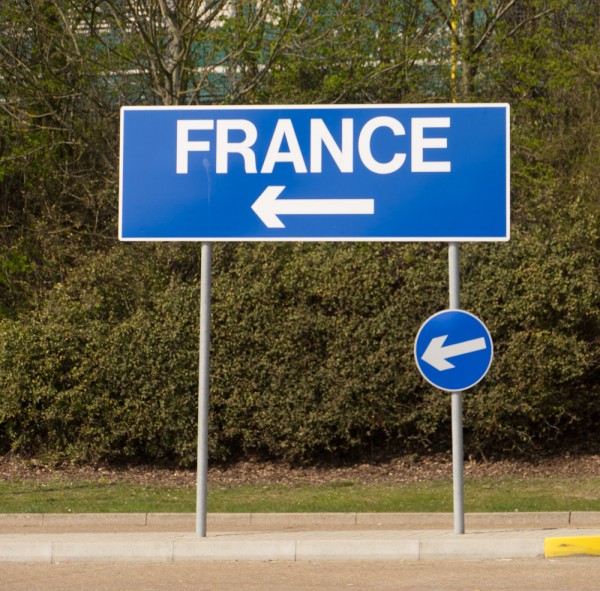

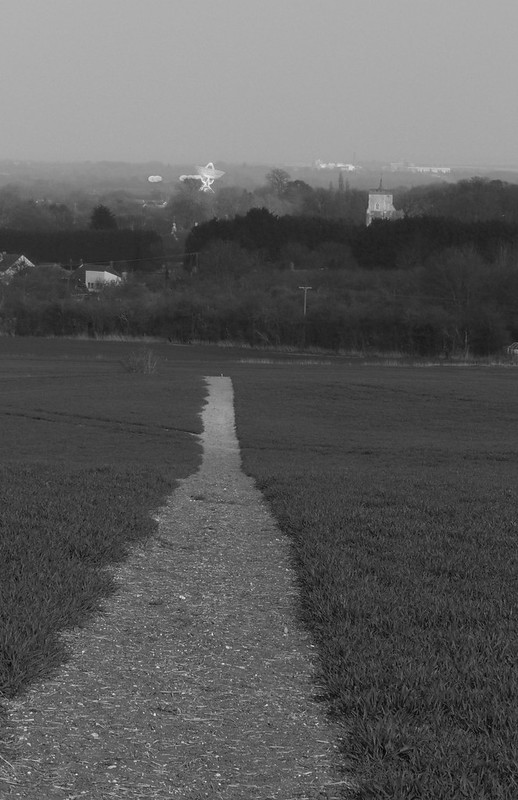
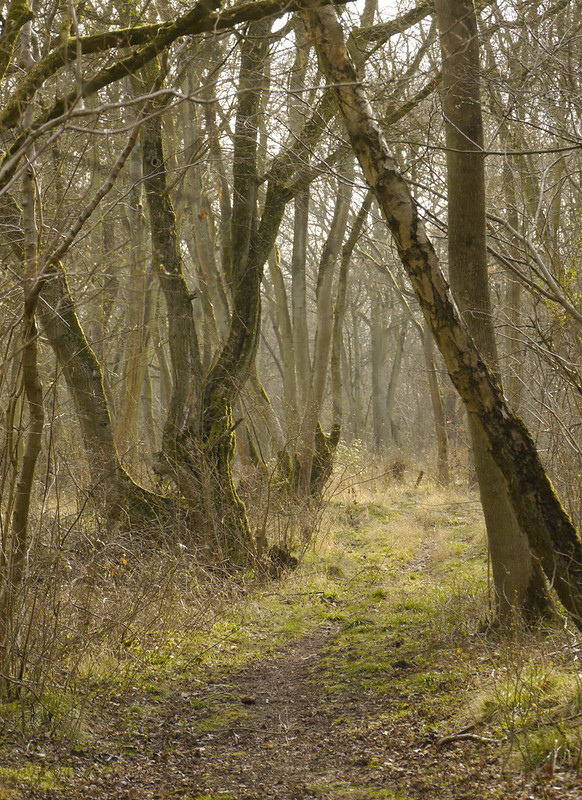
Recent Comments